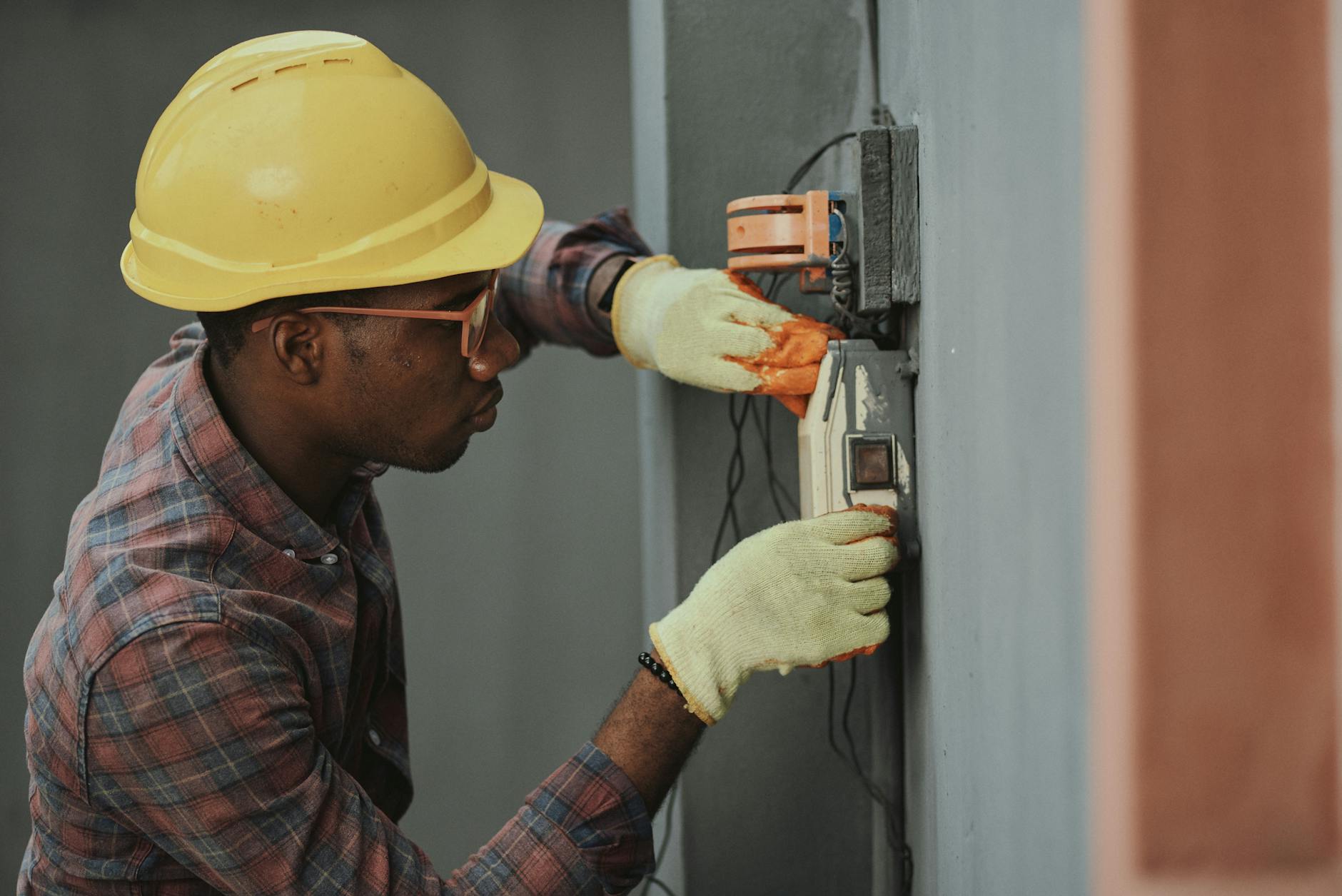
Lockout/Tagout for Energy Sources: Verification and Group Lockout
Introduction
Lockout/Tagout (LOTO) procedures are critical for safeguarding workers from hazardous energy sources during maintenance or servicing activities. Verification of energy isolation and the practice of group lockout enhance the effectiveness of LOTO processes. This article explores the importance of verification and group lockout in LOTO procedures to ensure the safety of workers and prevent accidents related to unexpected energy releases.
Verification in Lockout/Tagout Procedures
- Visual Inspection of Lockout Devices
- Conducting a visual inspection of lockout devices to ensure they are properly applied
- Verifying that lockout devices are securely attached and effectively isolating energy sources
- Physical Checks of Energy Isolation Points
- Physically checking energy isolation points to confirm the complete de-energization of equipment
- Ensuring that all energy sources are effectively isolated before maintenance or servicing begins
- Testing Equipment Controls
- Testing equipment controls to verify that they are inoperative
- Confirming that attempts to energize the equipment are unsuccessful after the application of lockout devices
- Communication with Authorized Personnel
- Communicating with authorized personnel to confirm the completion of lockout procedures
- Ensuring that everyone involved in the maintenance activity is aware of and agrees upon the state of energy isolation
- Documentation of Verification Steps
- Documenting each step of the verification process
- Maintaining detailed records to demonstrate that thorough verification was performed before work commenced
- Periodic Re-Verification
- Establishing a schedule for periodic re-verification of lockout procedures
- Conducting re-verification to account for changes in equipment, personnel, or energy sources over time
- Training on Verification Protocols
- Providing training to personnel on proper verification protocols
- Ensuring that employees understand the significance of thorough verification in preventing unexpected energy releases
Group Lockout Procedures
- Identification of Group Lockout Situations
- Identifying situations where multiple workers are involved in maintenance or servicing on the same equipment
- Recognizing the need for group lockout to ensure collective safety
- Designation of Group Lockout Coordinator
- Designating a group lockout coordinator responsible for overseeing the process
- Appointing a coordinator ensures clear communication, coordination, and adherence to group lockout procedures
- Communication of Lockout Steps
- Clearly communicating lockout steps to all involved personnel in a group lockout
- Ensuring that each worker understands their role and responsibilities in the collective lockout process
- Application of Individual Lockout Devices
- Having each worker apply their individual lockout devices to the energy isolation points
- Providing an additional layer of security by requiring the involvement of multiple workers in the lockout process
- Placement of Group Lockout Device
- Applying a group lockout device after individual devices are in place
- Indicating that the equipment is collectively locked out and can only be re-energized when all individual locks are removed
- Verification by the Group
- Conducting a collective verification by the group before work begins
- Ensuring that every worker in the group confirms the effectiveness of the lockout before any maintenance activity starts
- Procedures for Lock Removal
- Establishing clear procedures for the removal of lockout devices
- Requiring a collective effort to remove locks and ensuring that no individual worker can re-energize the equipment independently
Conclusion
In conclusion, verification and group lockout are integral components of Lockout/Tagout procedures, enhancing the safety of maintenance and servicing activities. Thorough verification ensures that energy sources are effectively isolated, and group lockout procedures provide an additional layer of protection in situations involving multiple workers. By incorporating these practices into LOTO protocols, organizations can prevent accidents, protect their workforce, and maintain a commitment to workplace safety.
LOTO Procedure Risk Assessment (Lockout Tagout)
LOTO Safety Toolbox Talk Meeting
LOTO Safety Training (Lockout Tagout)
Types of LOTO (Lockout-Tagout)
Frequently Asked Questions (FAQs)
- Why is visual inspection of lockout devices important in verification procedures?
- Visual inspection ensures that lockout devices are properly applied, securely attached, and effectively isolating energy sources. It is a crucial step in verifying the readiness of equipment for maintenance.
- What is the role of a group lockout coordinator in the process?
- The group lockout coordinator oversees the collective lockout process, ensuring clear communication, coordination, and adherence to procedures. They play a key role in managing the safety of the group lockout.
- Why is periodic re-verification necessary in Lockout/Tagout procedures?
- Periodic re-verification is necessary to account for changes in equipment, personnel, or energy sources over time. It ensures that lockout procedures remain effective and up-to-date.
- How does a group lockout device enhance safety in maintenance activities?
- A group lockout device indicates that the equipment is collectively locked out, requiring the removal of all individual locks before re-energization. It provides an additional layer of security in situations involving multiple workers.
- Why is communication of lockout steps important in group lockout procedures?
- Clear communication of lockout steps ensures that each worker in a group understands their role and responsibilities. It promotes a coordinated effort in applying and verifying lockout devices for collective safety.
- What is the purpose of having individuals apply their lockout devices in a group lockout?
- Having individuals apply their lockout devices ensures that each worker actively participates in the lockout process. It provides an additional layer of security by requiring the involvement of multiple workers.
- How does group verification contribute to the effectiveness of Lockout/Tagout procedures?
- Group verification ensures that every worker in the group confirms the effectiveness of the lockout before work begins. It adds an extra layer of assurance that energy sources are properly isolated, minimizing the risk of unexpected releases.
























